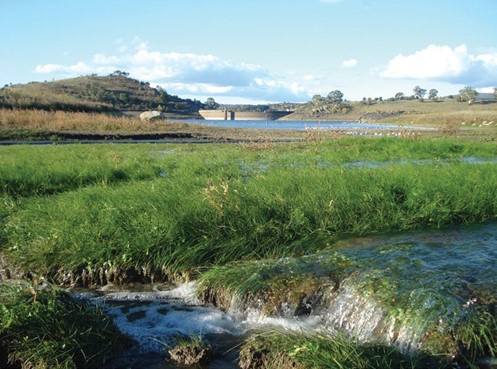Current Water Sensitive Performance
Orange, in central west New South Wales, is home to approximately 40,300 people. The city experienced water security pressures during the Millennium Drought – water storages reached their lowest level (23%) in May 2010.
Demand management strategies – water restrictions, best practice pricing, education programs, water loss remediation strategies and water efficient devices – helped to reduce water demand. But council’s desire to improve water security and community support for alternative water sources led to the introduction of an urban stormwater harvesting scheme.

Change strategy: how to become more water sensitive
The City of Orange worked with state government agencies (the then Department of Industry Water, NSW Health and the NSW Office of the Environment) and the community to develop an urban stormwater to potable scheme. The scheme was an opportunity for local government to innovate and demonstrate how it can use local resources to solve a local problem.
The scheme proceeded in two stages:
- Urban stormwater entering Blackmans Swamp Creek was redirected to Suma Park Dam. Harvested stormwater is transferred from the creek to a holding dam, where its treated in batch ponds to meet target water quality. The water is then piped into Suma Park Dam, where it’s treated with the other stored water for potable supply.
- The scheme was then expanded to include stormwater flows into Ploughmans Creek. This phase involved retrofitting four stormwater treatment wetlands into existing urban areas. Flows captured in these wetlands are harvested and transferred to the holding dam already used for Blackmans Swamp Creek.
Research relevant to Orange
- Orange stormwater to potable case study describes the City of Orange’s urban stormwater harvesting scheme, which supplements the city’s potable water supply. The case study describes the context, drivers, innovations and lessons for this first-of-a-kind urban stormwater harvesting scheme in Australia.